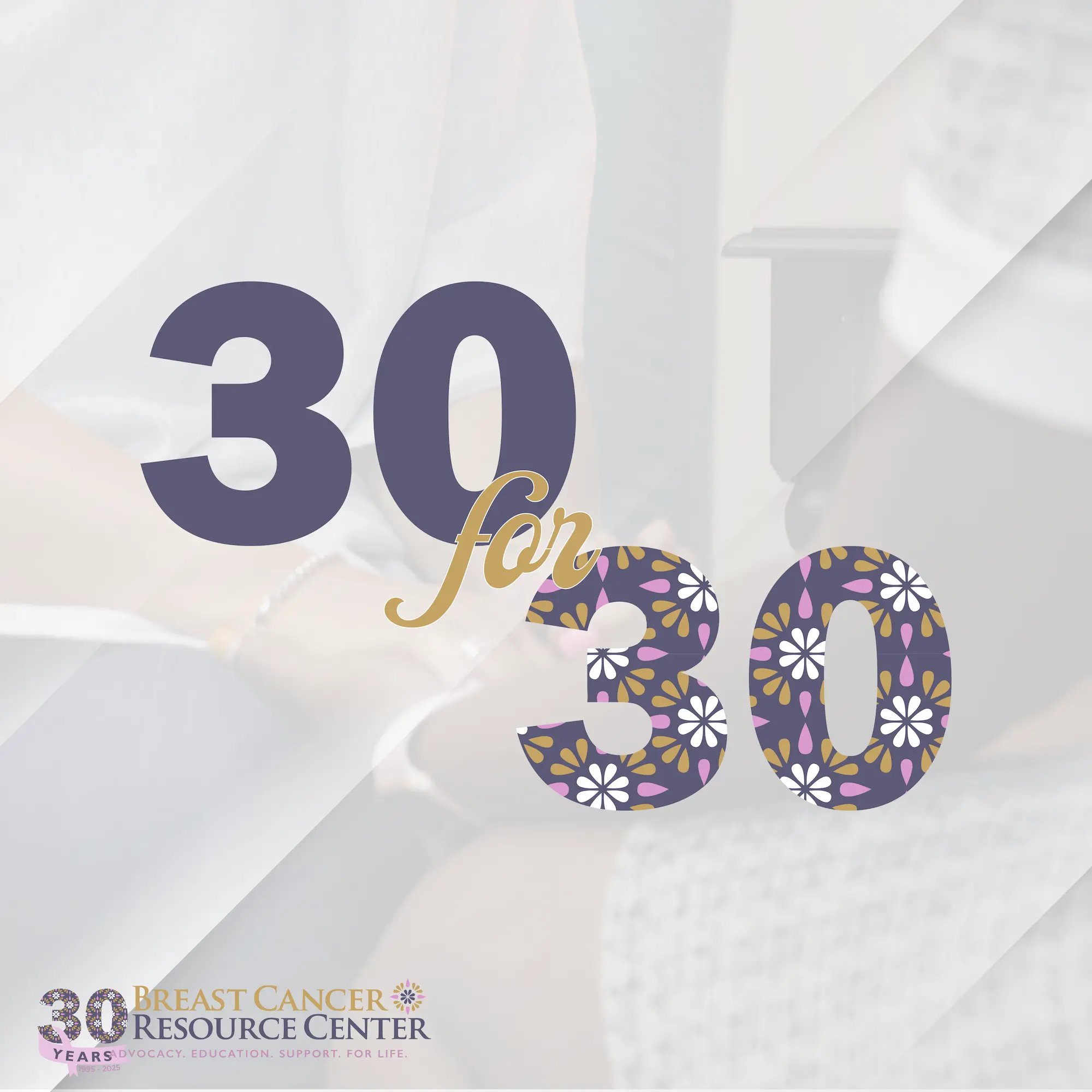Well, it’s a new year and I keep hearing that dirty word come up in conversation…EXERCISE. Every year many of us start off with the best of intentions to get into shape and improve our overall wellbeing. If you are reading this blog post, you have another good reason to get into shape…a history of breast cancer. As a member of the BCRC Pink Ribbon Cowgirls, support services for those diagnosed at 45 and younger, I too need this reminder.
My name is Melanie Miller and I have been a physical therapist for 22 years. When the company I work for started the ReVital Cancer Rehab Program nationwide to address the need for specific training of therapists to help patients through their cancer journey, I jumped at the chance to be a part of the training. Not long after finishing my initial training in the ReVital program, I was myself diagnosed with breast cancer. I have since had bilateral mastectomy with implant reconstruction and know the ins and outs of the cancer continuum intimately.
If you are one of those lucky ladies who love to run, swim or bike miles and miles a week, this blog post will be “preaching to the choir”, but if you are like me and have never had a serious love of exercise, you need to listen up. I know what you are thinking, “Didn’t you just say you are a physical therapist? How can she not love exercise?” Yes, I am a physical therapist, but telling others they need to exercise and doing it myself are two totally different things. So…here I am educating all of us on the benefits of exercise throughout our cancer journey. Did I say how much I love my job? Work is the place where patients listen to me and mostly do what I recommend…unlike at home with my 2 kids and hubby. So listen up ladies…
What should exercise look like for us? Here are some general guidelines that apply to just about everyone.
- AT LEAST 150 minutes of moderate-intensity aerobic exercise per week. I know that seems like a lot, but it can be as simple as a 30 minute walk 5 times a week. To get to the moderate-intensity level, get a walking buddy and push each other to increase your speed/distance each week. If you are currently undergoing treatments and feel fatigued most of the time, start out with short, slow walks several times a day. START LOW AND GO SLOW.
- Moderate-intensity weight training twice per week working upper and lower body muscles is also recommended. An example of upper body weight training would be biceps and triceps curls with a 1-2 pound weight. An example of lower extremity/core training could be sit to stand practice or step ups to a curb for 1-2 sets of 10 repetitions. Again, START LOW AND GO SLOW.
- Stretching of the major muscle groups, especially the upper extremities is important to maintain range of motion. For the shoulder this may begin with gentle range of motion exercises at a table or walking your fingers up the wall 10 times. Remember to never push into pain. These should be gentle and if you are post-surgical, should be approved by your surgeon or physical therapist first.
- Balance practice, especially for those over the age of 65 and those on chemotherapy that effects hand and foot sensation is a great addition to daily workouts. Single leg balance practice at the kitchen counter for 2 minutes a day can go a long way to improving overall balance reactions and preventing falls.
There is one big consideration to be aware of when exercising following breast cancer treatments. Some breast cancer patients are at a higher risk of developing upper extremity swelling, known as lymphedema. The symptoms include heaviness, fullness, fatigue and swelling in the area surrounding where surgery or radiation occurred. Many doctors in the Austin area are referring patients to therapy for Pre-hab visits, an assessment completed before surgery by a physical therapist in which they obtain baseline measurements, educate on the benefits of exercise and educate on the risk factors that include: obesity, number of axillary nodes removed and sedentary lifestyle. Luckily, lymphedema in the early stages is reversible, and if we listen to our bodies and seek out assistance early, we can prevent lasting effects.
Remember to START LOW AND GO SLOW with all exercise progressions to reduce the chance of overloading the lymphatic system and developing lymphedema.
If you feel you need help from the experts, you can reach out to your surgeon or oncologist for a referral to physical therapy. There are many therapists in the Austin area specifically trained to work with cancer patients. Shout out to my ReVital Cancer Rehab cohorts across the city!
I hope this post has been useful and that you have a better understanding of the many benefits of exercise as you continue your breast cancer journey. Feel free to reach out with any questions.
Check out the following sites for more info on ACSM Exercise Guidelines for Cancer patients, AMA walking programs, lymphedema, and ReVital Cancer Rehab.
Blessings,
Melanie
P.S. Pre-Covid-19, there were several groups providing free exercise classes across the city to all breast cancer patients. Contact BCRC for more information on the current state of these offerings.
If you or someone you know is facing breast cancer, BCRC is here to help. Please visit our website or call our helpline at 512-524-2560.
Consider making a donation to BCRC and give the gift that makes a real difference for the women in Central Texas facing breast cancer right NOW. Visit bcrc.org to learn more about how we can help, or click here if you wish to give back today.


Melanie Miller
Physical Therapist at Baylor Scott & White
Melanie Miller has been a physical therapist for 22 years, the last 10 years with the Baylor Scott & White Rehab clinic at 3901 South Lamar. She has a Master’s Degree in Physical Therapy and has been certified in the ReVital Cancer Rehabilitation Program for 3 years. Melanie is also a 2 year breast cancer survivor.













